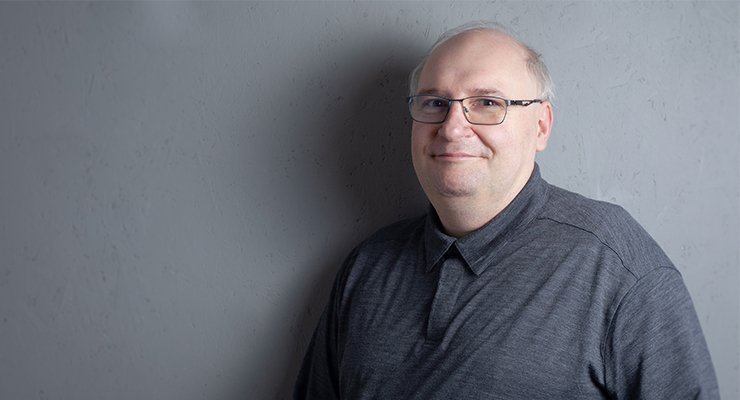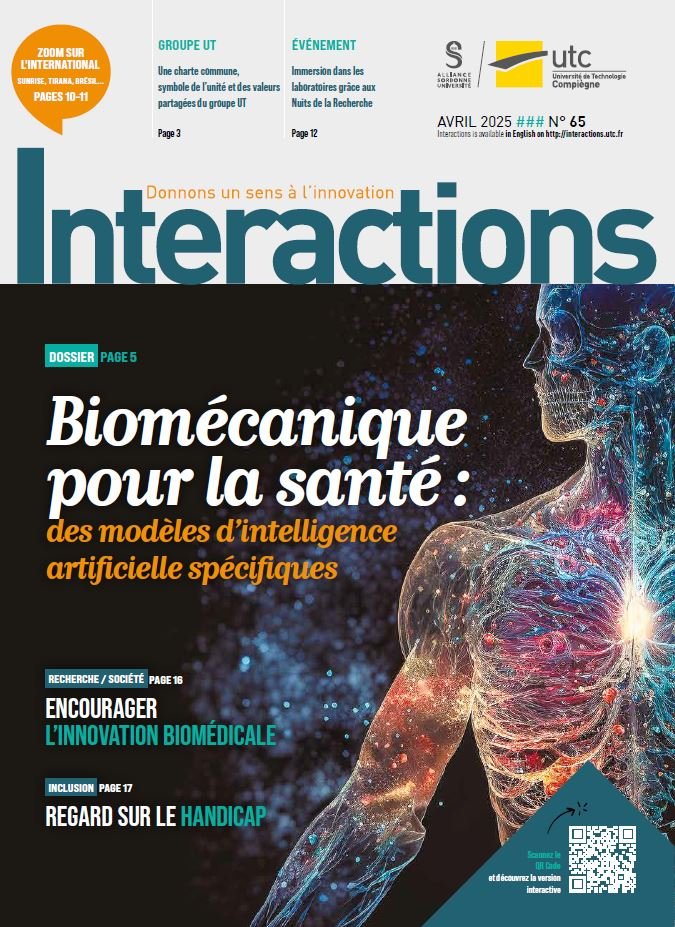Risks related to premature child-birth and to catching infectious diseases

A lecturer and research scientist at UTC, Dan Istrate works in particular on connected biomedical tools. Two current projects focus on preventing the risk of premature delivery in child-birth and detection of the risk of the elderly at home catching infectious diseases.
The first, carried out in collaboration with Imad Rida and Amiens University Hospital, concerns at-risk pregnant women. “Thanks to AI tools developed by Imad, the aim is to predict the date of delivery, enabling doctors to prepare for the birth and care of the baby under optimum conditions. HDsEMG electrodes placed on the pregnant woman’s lower belly pick up uterine muscle signals and, depending on the characteristics of the signals, predict that the woman should give birth 1 to 2 weeks after the measurements. This device can be used at home. We used machine learning, then deep learning. Not only does deep learning provide better performance, but it is also capable of generating artificial data that can be used to build more accurate models,” he explains.
The second project is being carried out in collaboration with Vincent Zalc, the Toulouse University Hospital and the LAAS laboratory. “This project aims to detect infectious respiratory or gastroenterological diseases using a minimum number of sensors, while preserving the individual’s privacy. We were particularly interested in people living in shared accommodation, to avoid the spread of disease. The system consists of a microphone and motion sensors in the living room and bathroom, plus a contact on the door to monitor entry and exit. A system that allows us to determine a person’s coughing, sneezing or mobility,” he assures us.
This system has been in place since 2022 in a 12-studio residence belonging to “âges sans frontières” and located in Brens, near Toulouse. “AI intervenes on two levels in this case. The first concerns sound recognition, where we use machine learning. The second, which we are currently developing, aims to exploit information concerning both sounds and movements, in order to generate alerts about a given person’s state of health”, concludes Dan Istrate.
MSD




